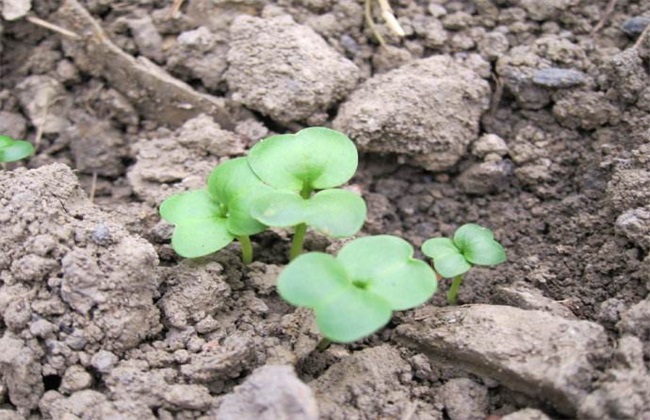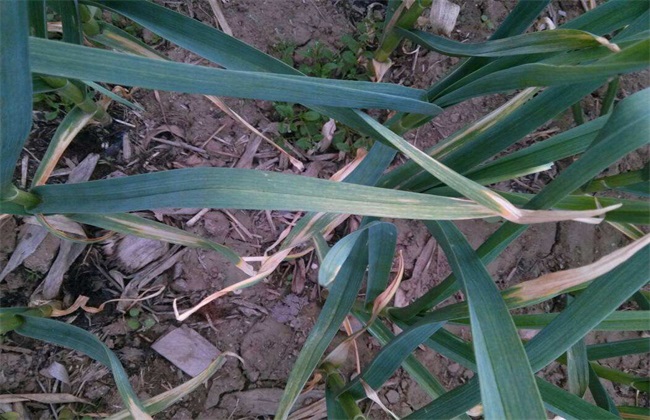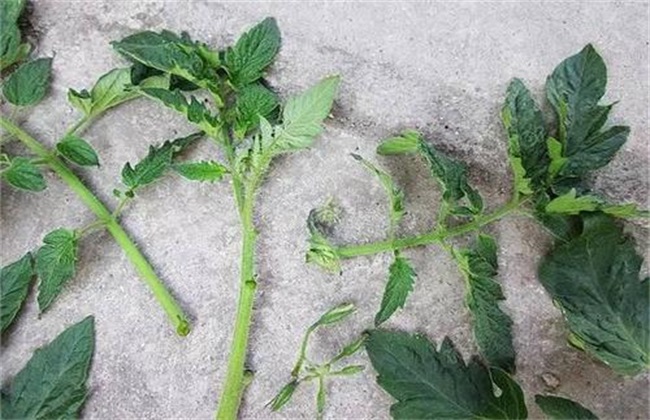Fertilizer and Water Management Technology of Chinese Cabbage
Chinese cabbage must have been eaten by everyone. Although it is cheap and common, its nutritional value is very high. It is rich in nutrients and has a large market demand in China. Now the planting area of Chinese cabbage is also relatively wide. When planting Chinese cabbage, we should do a good job in fertilizer and water management. So how exactly do you do that? The following small series brings you the management technology of Chinese cabbage fertilizer and water. Let's have a look together!

1. Fertilizer and water management during germination period
Water is an indispensable condition for the germination of cabbage seeds. If Chinese cabbage seeds appear high temperature stage after sowing, then in order to improve the germination ability of Chinese cabbage seeds. To do a good job of watering, but also to reduce the temperature of the soil. However, water should not be too much, if the rainy days after sowing, then less or no watering. If ponding occurs, it should be drained in time. Before sowing, sufficient base fertilizer should be applied. After sowing, no topdressing should be applied to the stage before germination. If the base fertilizer is insufficient, a small amount of seed fertilizer can be applied appropriately.
2. Fertilizer and water management in seedling stage
The growth of cabbage seedlings is relatively small, so the demand for water and fertilizer is relatively small. However, the roots of Chinese cabbage seedlings are not very developed, and the ability to absorb water and fertilizer is not strong. Therefore, we still need to provide sufficient water and nutrients for seedlings according to changes in climate and weather. According to the soil weather changes and soil moisture control good watering amount. Then with watering together with appropriate topdressing to raise seedling fertilizer, control the amount. For some weak seedlings, some chemical fertilizers should be applied appropriately. The chemical fertilizer should be mainly applied by digging trenches and burying, and the distance from the roots should be kept about 5cm to avoid burning the roots. After each topdressing, proper watering should be carried out.
3. Fertilizer and water management in rosette stage
After cabbage enters rosette stage, roots will sprout in large quantity, and the growth speed of leaves will increase sharply. This time is also the key period for Chinese cabbage to form big leaves, so the demand for water and fertilizer will greatly increase. However, under normal cultivation, this time is still the high incidence period of downy mildew of Chinese cabbage. The incidence of downy mildew has requirements for temperature and humidity, so although we cannot control the temperature of the open field, it can be solved by humidity.
Therefore, in the rosette period, the amount of watering should be appropriately reduced, and the soil can be dry and wet. However, in the middle of the rosette stage, we can irrigate a large amount of water properly, and then carry out a deep intertill. The number of intertill this time is the last intertill in the whole growth period of Chinese cabbage. Then control the amount of watering to promote cabbage squatting for about half a month. Ammonium sulfate is the main topdressing in rosette stage, about 15-20kg per mu. It can also be applied with about 1000kg of farm manure per mu. When topdressing, it is best to bury it, try not to apply it on the ground to improve fertilizer efficiency.
The above is a brief introduction to the management technology of Chinese cabbage fertilizer. Fertilizer and water management methods should be adjusted reasonably according to the growth stage of Chinese cabbage to ensure the normal growth of Chinese cabbage. Today's introduction is here, this article is for reference only, I hope to help everyone oh!
Related
- Where is it suitable to grow horseradish in China? it is expected to see the middle altitude horseradish in Alishan.
- How to prevent tomato virus disease reasonably? (Control methods included)
- Many people like to plant towel gourd on the balcony. What are the main points of this method and management?
- What crops can chili peppers be mixed with?
- Fertilization techniques and matters needing attention in Tomato
- What are the grafting techniques for peach seedlings in spring?
- Harm and control methods of root swelling disease of Chinese cabbage
- What are the pests of sweet potatoes? How to prevent and cure it?
- Symptoms, causes and Control methods of navel Rot in Tomato
- The cause of "Cucumber rotten bibcock" in Farmers' planting Cucumber and its Control Plan



